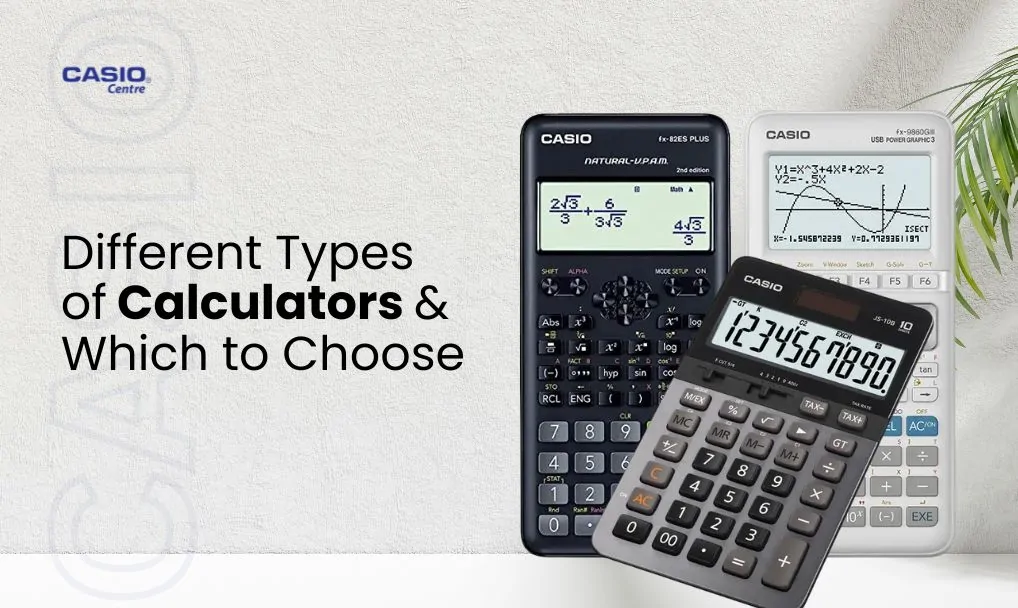The calculators has revolutionized the way we approach numbers. From simple arithmetic to complex scientific computations, calculators play an essential role in education, business, engineering, and everyday life. This comprehensive guide explores the evolution, functionality, and types of calculators, including their significance in today’s digital world.
The Origins of Calculators: From Abacus to Algorithms
The history of calculators dates back to ancient civilizations. The abacus, developed around 2400 BCE, was one of the earliest devices used for counting and basic arithmetic. Over the centuries, mechanical aids to calculation evolved significantly.
1623: Wilhelm Schickard developed the first mechanical calculator.
1642: Blaise Pascal introduced the Pascaline, capable of addition and subtraction.
1671: Gottfried Wilhelm Leibniz invented the stepped reckoner, adding multiplication and division functionality.
19th century: Charles Babbage conceptualized the analytical engine, a precursor to modern computers.
20th century: The invention of electronic calculators began with the use of vacuum tubes and later transistors, transforming size, speed, and efficiency.
Basic Types of Calculators and Their Functions
1. Basic Calculators
Designed for simple arithmetic operations, including:
Addition
Subtraction
Multiplication
Division
These calculators are commonly used by students, clerks, and cashiers. They typically feature 8–12 digit displays and often include memory and percentage functions.
2. Scientific Calculators
These are crucial for mathematics, physics, chemistry, and engineering tasks. Scientific calculators include functions for:
Trigonometry (sin, cos, tan)
Logarithms and exponents
Square roots and powers
Factorials and permutations
Fractions and complex numbers
Popular models include Casio fx-991EX and Texas Instruments TI-36X Pro.
3. Graphing Calculators
Graphing calculators are powerful tools that display functions graphically and handle complex equations. Key features include:
High-resolution displays
Coordinate plotting
Calculus operations
Matrix calculations
Programming capabilities
They are widely used in high school and college-level calculus and by professionals in engineering and finance.
4. Financial Calculators
Designed specifically for business, economics, and finance, these calculators support:
Time value of money (TVM) calculations
Loan amortization
Net present value (NPV)
Internal rate of return (IRR)
Cash flow analysis
The HP 12C and Texas Instruments BA II Plus are widely recognized models in this category.
5. Printing Calculators
Commonly used in accounting and retail, these calculators print calculations on paper tape. They are ideal for:
Auditing records
Preparing receipts
Generating quick summaries
They usually include tax, markup, and grand total functions.
6. Programmable Calculators
Programmable calculators allow users to store custom functions or scripts, making them suitable for repetitive or complex problem-solving. These calculators are preferred by:
Engineers
Scientists
Advanced mathematicians
Models such as HP 50g and TI-89 Titanium support advanced programming environments.
Online Calculators: The Rise of Web and Mobile Tools
With the advent of the internet, online calculators have become ubiquitous. These tools are highly specialized and accessible from any device. Common online calculator types include:
BMI calculators
Loan repayment calculators
Currency converters
Tax calculators
Scientific and graphing simulators
Advantages of online calculators:
No installation required
Updated with latest standards and formulas
Often include step-by-step solutions
Mobile-friendly and responsive interfaces
Websites like Desmos, Symbolab, and Calculator.net offer high-quality interfaces that rival physical calculators.
Calculator Apps: Power in Your Pocket
Mobile calculator apps have turned smartphones into multifunctional computing tools. Whether it’s a basic calculator app that comes preinstalled or an advanced downloadable app, options include:
Google Calculator (basic and accessible)
RealCalc Scientific Calculator (Android)
Calc Pro HD (iOS)
Photomath (uses camera to scan and solve equations)
Wolfram Alpha (computational engine for advanced math and science)
These apps often offer voice input, history tracking, and cloud sync features, increasing their utility and accessibility.
Calculators in Education: Enhancing STEM Learning
The use of calculators in schools has transformed STEM education. They support:
Visualization of concepts through graphing
Step-by-step problem-solving
Exploratory learning in calculus, statistics, and algebra
Standardized testing, where models like TI-84 Plus are permitted
Educators often integrate calculators into classroom instruction to promote critical thinking and analytical reasoning.
Calculator Design and Technology
Today’s calculators use integrated circuits, liquid crystal displays (LCDs), and are powered by solar cells or batteries. Key components include:
Microprocessors: Execute calculations and manage memory
Keypad interface: Built for tactile efficiency
Display unit: Ranges from single-line to full-color multi-line LCD
Power source: Coin-cell battery, AAA battery, or photovoltaic cells
The use of artificial intelligence and machine learning is emerging in next-gen calculators, allowing for better natural language processing, error detection, and predictive calculations.
Security and Privacy in Digital Calculators
With the rise of cloud-based and online calculators, data security becomes essential. Key concerns include:
Data encryption: To protect sensitive financial or personal data
User privacy: Ensuring information is not stored or tracked
Reliable sources: Using calculators from trustworthy websites or developers
For sensitive applications like tax computation or salary estimations, using encrypted and verified platforms is essential.
Benefits of Using Calculators
Calculators bring substantial advantages across various sectors:
Time-saving: Rapid processing of complex calculations
Accuracy: Minimizing human error in arithmetic and advanced computations
Accessibility: Tools for people with dyscalculia or other learning difficulties
Mobility: Smartphones and online platforms make calculators portable and always available
The Future of Calculators: AI, Integration, and Wearables
As technology advances, calculators are becoming more intelligent, integrated, and wearable. Future trends include:
Voice-controlled calculators with AI support
Wearable calculator rings and watches
AR-based calculators for real-time visual computations
Integration with smart home assistants like Alexa or Google Assistant
Multi-platform syncing, allowing students and professionals to start work on one device and continue on another seamlessly
These innovations will make calculators not just tools, but essential digital companions in academic, professional, and personal life.
Conclusion
From ancient counting devices to cutting-edge AI tools, the calculator has undergone a remarkable transformation. It has redefined how we learn, work, and solve problems. As we move further into the digital age, calculators will continue to evolve, offering more power, intelligence, and integration than ever before.



















